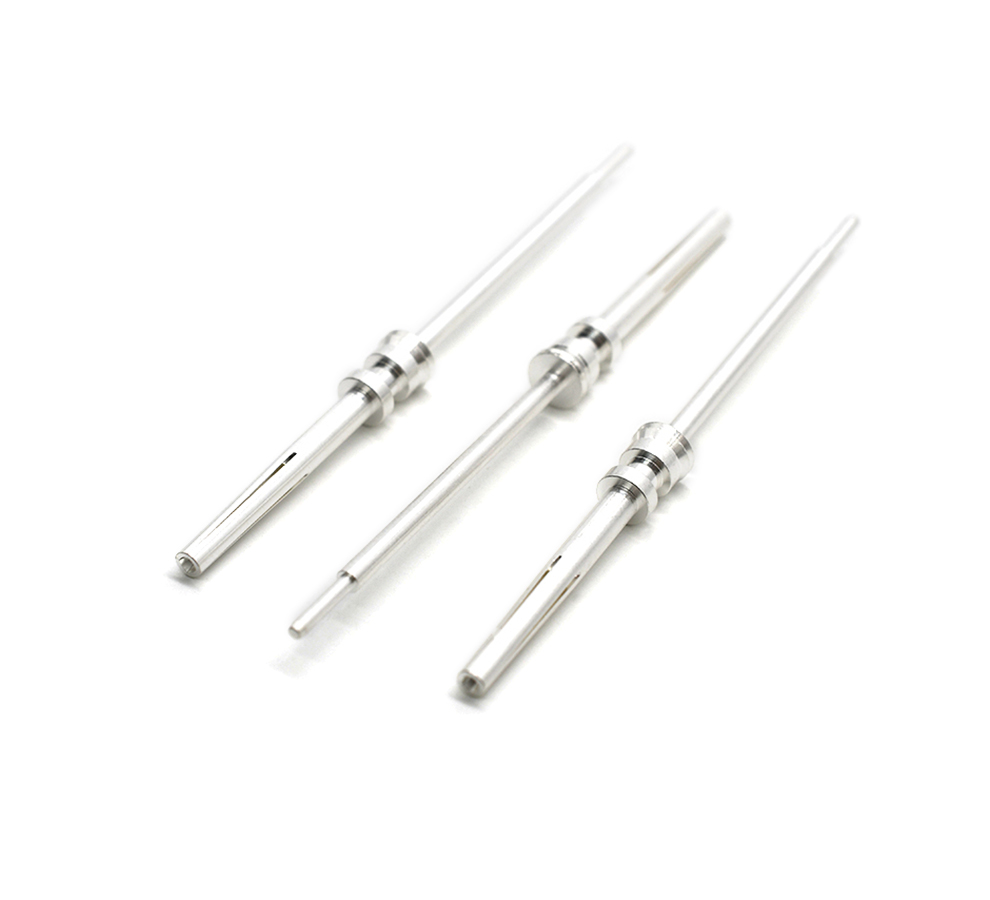Pogopin Connectors in Bluetooth Headphones
Pogopin connectors play a vital role in Bluetooth headphones, contributing to the device's functionality, reliability, and user experience.
1. Function in Bluetooth Headphones
In Bluetooth headphones, pogopin connectors are mainly used for internal connections, such as connecting the battery, circuit board, and various sensors. These connectors provide a reliable electrical connection, ensuring the smooth transmission of power and signals between different components. For example, the pogopin connector connects the battery to the circuit board, supplying the necessary power for the operation of the headphone. It also enables the connection between the audio processing circuit and the speaker drivers, allowing the audio signals to be transmitted accurately for sound reproduction. In addition, pogopin connectors can be used to connect sensors, such as proximity sensors or motion sensors, which are increasingly being incorporated into modern Bluetooth headphones for features like auto - pause when the headphones are removed from the ears or gesture control.

2. Design Requirements for Bluetooth Headphones
Miniaturization: Bluetooth headphones are designed to be small and lightweight for portability. Pogopin connectors used in these devices need to be miniaturized to fit into the limited space inside the headphone. Manufacturers develop ultra - small pogopin connectors with reduced diameters and lengths while still maintaining reliable electrical and mechanical performance. These miniaturized connectors are often only a few millimeters in size, allowing for compact headphone designs without sacrificing functionality.
High Reliability: Since Bluetooth headphones are used in various environments and are often subjected to movement, vibration, and occasional drops, the pogopin connectors must be highly reliable. They need to be able to withstand repeated mating and unmating cycles without losing their connection performance. The connectors should have good contact stability to ensure that the electrical connection remains intact even when the headphone is in motion. For example, the spring force of the pogopin should be carefully calibrated to maintain a consistent contact pressure, preventing intermittent connections or signal loss.
Corrosion Resistance: Bluetooth headphones may be exposed to moisture, sweat, and other environmental factors, especially during sports or outdoor use. Pogopin connectors need to have excellent corrosion resistance to prevent the degradation of their electrical performance. Gold - plated pogopin connectors are commonly used in Bluetooth headphones because gold has high corrosion resistance and can maintain a stable electrical connection over time. The plating also helps to reduce the contact resistance, ensuring efficient power and signal transmission.
3. Assembly and Integration
During the assembly of Bluetooth headphones, the pogopin connectors are carefully integrated into the device's structure. The connectors are soldered or press - fit onto the circuit board, depending on the design. Precise alignment and soldering techniques are required to ensure a secure and reliable connection. After assembly, the headphones undergo a series of tests to verify the functionality of the pogopin connectors. These tests include electrical performance tests, such as measuring the signal strength and power consumption, as well as mechanical tests to check the durability of the connectors under normal use conditions.
Read recommendations:
National standard charging base
Anti - Corrosion and Rust - Prevention Processes for Dual - Headed Pogo Pins